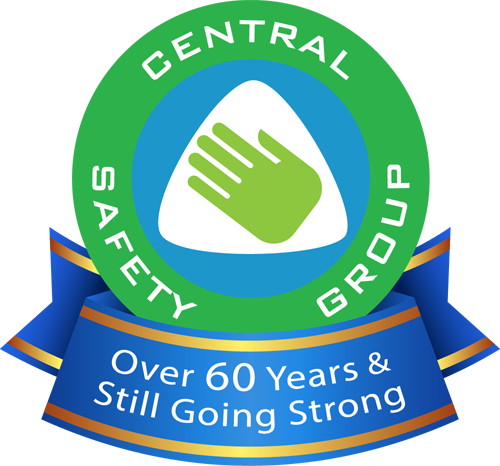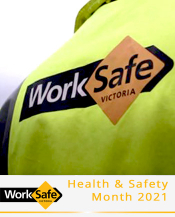Remote and flexible working: Practical tips for employers to keep their staff safe
Over the last two weeks of Health and Safety Month 2021, WorkSafe Victoria ran free 45-minute webinars on a variety of topics. The theme for the month was “You learn something new every day”.
For the above topic the presenters were all from WorkSafe Victoria: Sarah Hellwege, Senior Psychological Health & Safety Specialist; Samantha Harrison, Principal Ergonomist; Renee Walsh, Program Officer; and Lucas Kowalski, Return to Work Manager.
All presenters agreed that the current conditions regarding return to work were challenging.
Sarah Hellwege stated that resilience and coping skills have taken a hit and that psychosocial hazards include the design and management of work. Isolation and family responsibilities have caused extreme pressure along with return to work employees dealing with an increased client load, longer hours and dealing with stressed clients.
Organisational support is often missing and, with changes taking place at a quick rate, this leads to uncertainty. To overcome this, she recommends that there be regular catch-ups with Managers as well as meetings with teams and other sections in HR.
Managers need to know what to do if they see that someone is struggling, not motivated or not their optimal self:
- Know the stressors and reach out, using the ‘Look, Listen, Link’ model
- Have an open conversation with flexible working solutions, such as EAP or individual work design
- Keep checking that solutions are working
Renee Walsh recommended a review of job roles so that safety could be ensured for both working spaces (at home and in the office) for those working in hybrid roles. With this becoming the “new normal”, organisations must re-think the way their employees work. Good work design is the key and must include environmental considerations.
Renee’s recommendations:
- Employ controls to cover a variety of tasks
- Share with teams to maintain interest
- Match tasks to skills (otherwise you could either overwhelm or disengage employees if bored)
- Long work hours should be discouraged; leave should be encouraged
- Ensure decision-making follows clearly understood lines and leaders act as role models
- Communication between leaders and team members is vital for success
Samantha Harrison reiterated that contact and consultation with employees is essential for both their physical and psychosocial safety. However, employees have responsibilities to report problems to their team leader for early intervention. Resources are available on the WorkSafe website including information on COVID, mental health guidance material, fact sheets and the WorkWell Tool Kit.
Lucas Kowalski stated that return to work fundamentals still apply in the current situation. Communication with the injured person is still important and visits to the workplace should still take place. The injured person still requires regular updates to stay informed about what is happening at the workplace.
The Manager should be aware of secondary mental injuries in instances where the injured person was working from or recovering at home. The transition to the larger office or workplace can be stressful for many people. Consider what they will be doing when they return on the first day, first week etc. Re-training or up-skilling can take place outside the workplace.
Information that came out of the Q&A session:
- Testing and tagging should be undertaken by the employer if the equipment belongs to the company.
- Team Leaders need to set up forums for consultation with HSRs e.g. Tool Box or Town Hall meetings.
- Officewise is still a good resource though a bit out of date. It is currently being reviewed by an external consultant and the new version may include information on working from home, use of headset etc.
- Hot desking can still be used, but appropriate cleaning regimes need to be established, in addition to taking into account the seating, the person and the work to be undertaken.
The webinar is now available on the WorkSafe Victoria Youtube channel here.



